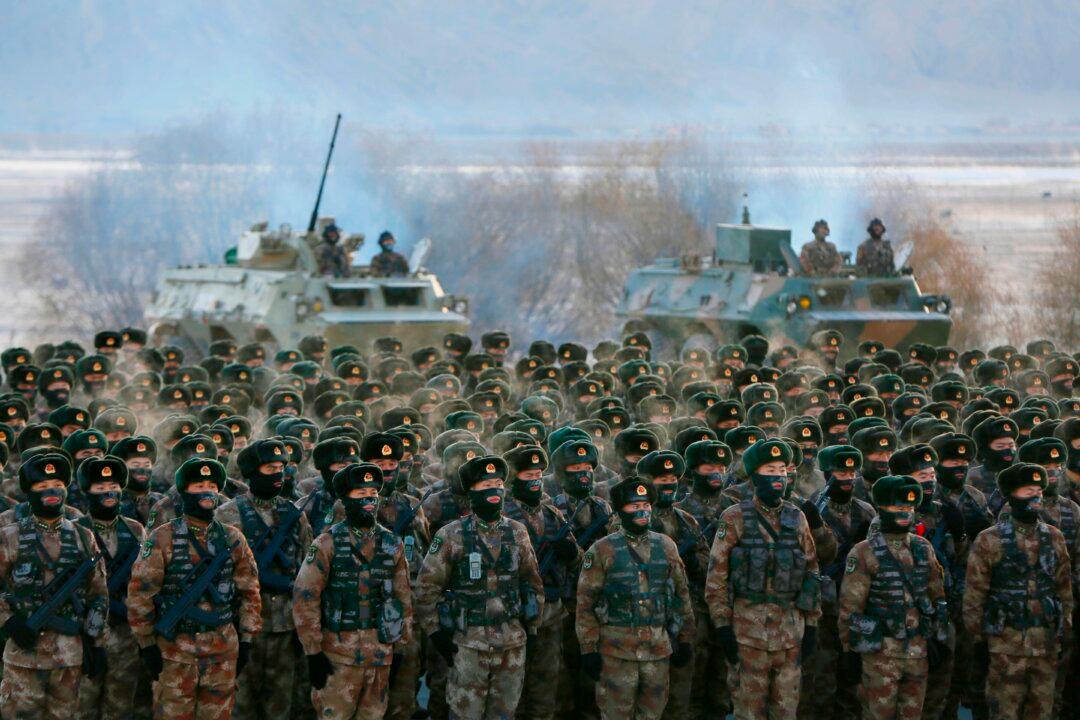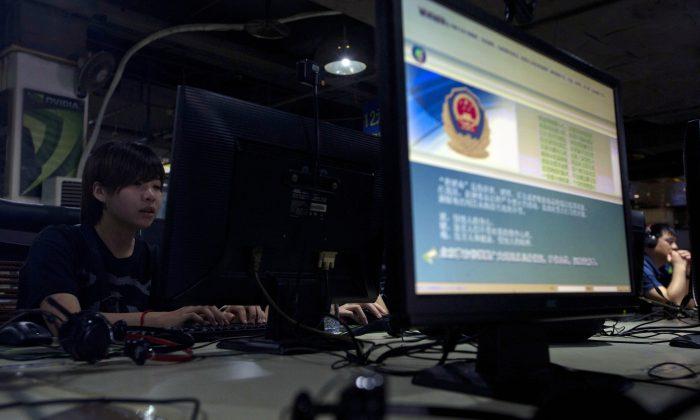When considering the above, it is evident that the CCP impeded poverty reduction in China, rather than actually helped. What really decreased poverty in China was the opening to the West, and the introduction of market principles into its economy by Deng Xiaoping. That was a withdrawal of the CCP from China’s economy, rather than its positive policy. Things improved in China when the CCP got out of the way.
The new study, funded by the Swiss Agency for Development and Cooperation, is considerably more polite, if not obsequious. But it nevertheless lands some punches that will be unwelcome in Beijing. When criticizing a dictator to achieve reform, even from afar, it seems the best strategy is a compliment sandwich.
The CCP’s claim to have eradicated poverty in China is central to the threads of legitimacy to which it clings. In late 2020, the party claimed that extreme poverty had been eradicated, which would be an impressive feat given negative economic growth in the first half year due to pandemic shutdowns. The FT said that “hitting the [poverty] target on schedule delivered a propaganda coup for President Xi Jinping ahead of celebrations of the centenary of the party’s founding in July this year.”
An April white paper published by Beijing falsely described Xi’s approach to poverty eradication as “eliminating overall and extreme poverty for the first time in history of thousands of years.” Beijing even tries to hold itself up as a model for other countries to follow on poverty eradication.
But the Communist claims and pomposity are built upon lies, bias, and half-truths.
As explained by Bikales, Xi’s approach was to identify only the rural, not urban, poor by registering almost 90 million of them between 2014 and 2016 in a national database. Then, the CCP claims to have brought those registered above the poverty line by late 2020. Even after the pandemic started, China’s anti-poverty work focused on the remaining 5.5 million registered rural poor, rather than all poor in the country, including the unregistered rural poor.

Bikales notes that “there is a conspicuous lack of detailed data that would allow an outside observer to confirm or reject the accuracy of this assertion” that China brought almost 90 million people out of rural poverty. He also observes that poverty is dynamic and urban as well as rural, so identifying those in rural poverty only, and tracking their rise out of poverty, does not account for the urban poor, or the rural non-poor who fell into poverty since the registration of the rural poor.
“The notion that, by identifying all poor people at any one point in time and then, over seven years, lifting them out of poverty, the government has eliminated poverty altogether reflects a static view of poverty,” writes Bikales. “This view of poverty is inconsistent with a repeatedly, globally observed feature: poverty is dynamic; households rise out of and fall into poverty constantly.”
China’s poverty eradication under Xi Jinping thus smacks of trying to hit a bureaucratic target for propaganda purposes, rather than addressing the underlying issues of China’s poverty in an even-handed manner. That requires real reform.
“Complete elimination of the hukou system [that bans rural-to-urban migration] is a necessary and long overdue step toward addressing the causes of poverty in China,” according to Bikales. He also notes that China’s regressive taxation system undermines effective future poverty reduction.
But the simple divide between the poor on one side of $2.30 or $5.50 per day, and the non-poor on the other, is itself misleading, as someone in China could make a measly $5.51 per day and still be considered above both poverty lines. A better understanding of poverty in China is achieved by comparing its GDP per capita and income inequality measures to its East Asian peers, namely Japan, South Korea, and Taiwan.

No wonder China doesn’t want Taiwan recognized as an independent country. The little island democracy beats China hands down, even on the metrics of poverty eradication and equality, upon which communists pride themselves. How embarrassing, for the CCP.
Developing countries looking for an example of how to grow out of poverty and into relatively egalitarian, free, and prosperous societies, should look to Japan, South Korea, and Taiwan for inspiration, not to Communist China.





